As overall retail revenue declines, Apple Stores carry on original goal of growing Mac hardware sales
Though revenues from Apple Stores have actually been shrinking in recent quarters, the company's brick-and-mortar operations have continued to play a pivotal role in courting Windows switchers and driving sales of Mac hardware to new heights.
The "implausible odds" overcome by Apple show that its initial goal with its retail stores — Â to boost Mac sales — Â continues to work some 13 years after the first Apple Store opened, according to Needham & Co. analyst Charlie Wolf. In a note to investors on Wednesday, a copy of which was provided to AppleInsider, Wolf noted how back in 2001, Apple barely had enough products to fill a 6,000-foot retail space, while now it has a blockbuster lineup of products that bring in customers in droves.
Still, Apple's success in retail revenue has plateaued: Same-store revenues fell 4.9 percent year over year in the June quarter. That slide has continued since the March quarter of 2013.
While overall sales at Apple retail locations, no doubt heavily driven by the iPhone and iPad, have fallen, the Mac has returned to growth. Same-store Mac unit sales actually grew 11 percent year over year in the June quarter, while non-Mac revenues fell 8.8 percent.
The numbers suggest to Wolf that sales of non-Mac products, particularly the iPhone, are "hostage" to the company's overall distribution strategies. To him, the data suggests that the growth of non-Mac sales at Apple Stores may have peaked.
And yet the Mac continues to grow, carrying on the goal set by late company co-founder Steve Jobs more than a decade ago. Wolf believes this trend will continue, as Apple has recently cut prices on some of its most popular models, while the Mac has seen sales accelerating in emerging markets.
Apple's retail operations have helped the Mac outgrow the PC market in 33 out of the last 34 quarters. Wolf noted that Apple Stores have consistently accounted for between 20 and 22 percent of worldwide Mac sales.
Although overall sales have slowed recently, the analyst said that Apple's stores continue to play a key part in building the company's brand. He views Apple's retail locations as the "face" of the company's brand, offering customers a buying experience that no competitor can match.
"Through their array of post-sale services, the stores have become a magnet in attracting Windows users to the Mac platform," Wolf wrote. "In the June quarter, we estimate that Windows switchers purchased over half of the one million Macs sold in stores. This represented half of the estimated number of Windows users who switched to a Mac in the quarter."
Apple retail gained a new leader this year, as former Burberry CEO Angela Ahrendts took the reins in an effort to turn around declining sales. While Wolf isn't convinced that she will be able to accomplish that task, given the aforementioned distribution strategies that are hurting iPhone and iPad sales from Apple Stores, the analyst does have hope that she will be able to maximize returns from the company's growing retail presence in China.
 Neil Hughes
Neil Hughes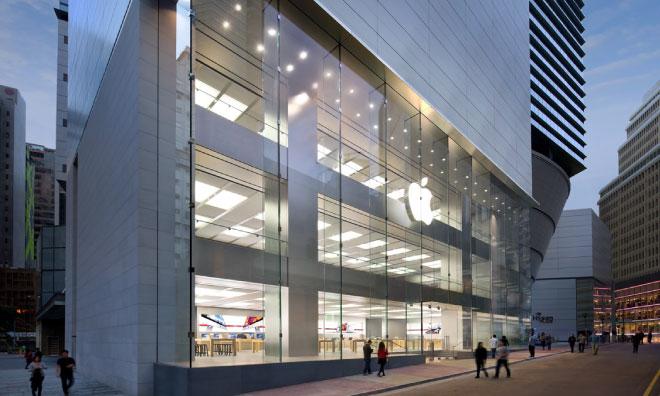
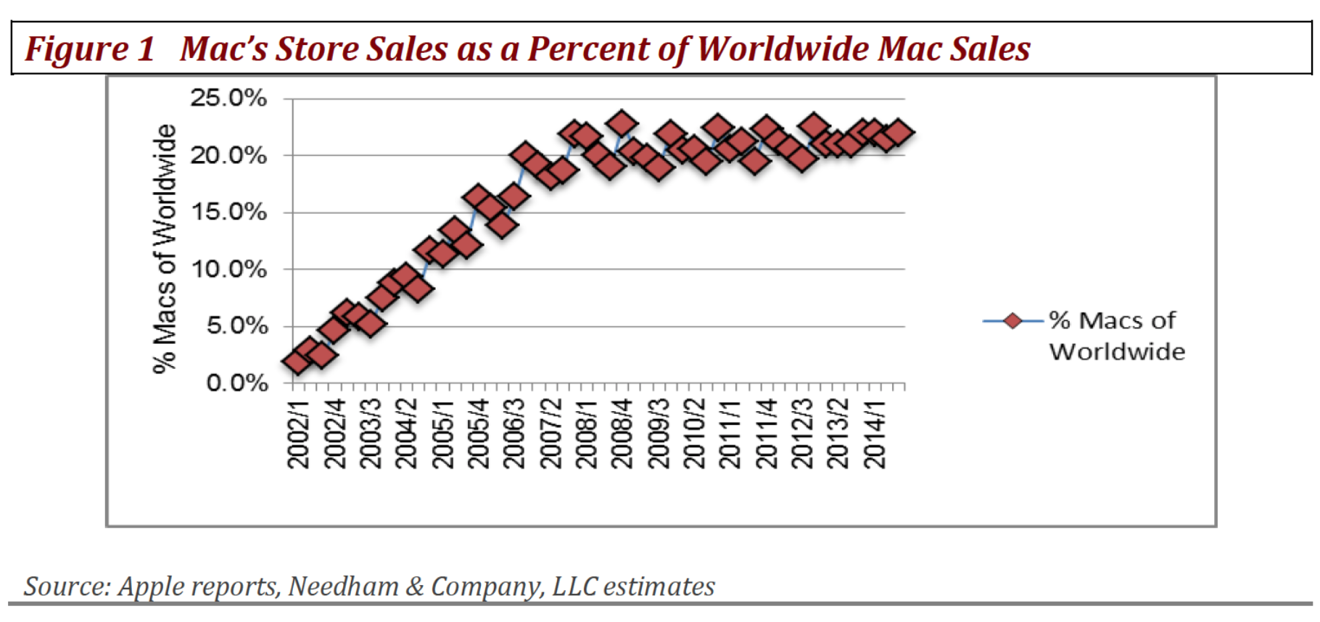
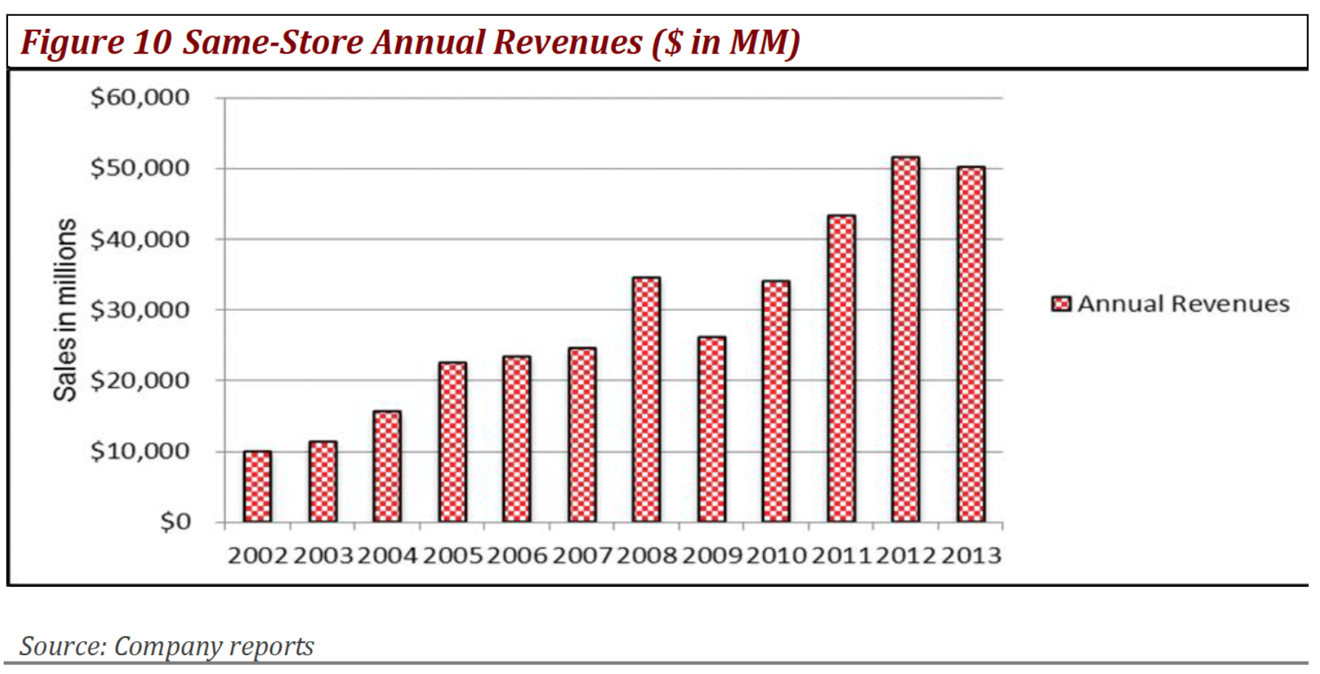


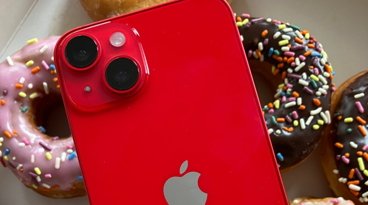



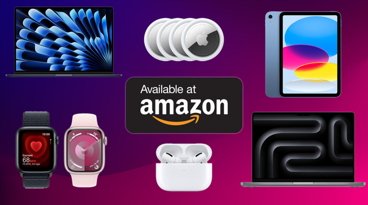





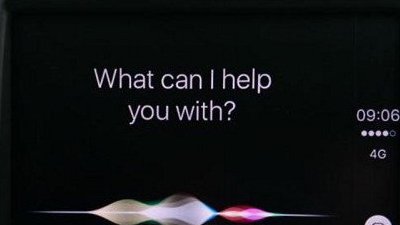
 Charles Martin
Charles Martin
 Andrew Orr
Andrew Orr
 Malcolm Owen
Malcolm Owen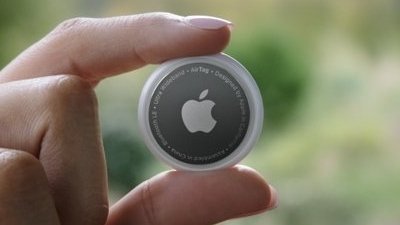
 Amber Neely
Amber Neely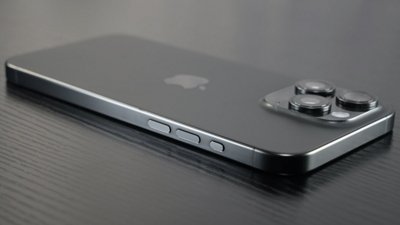

 William Gallagher
William Gallagher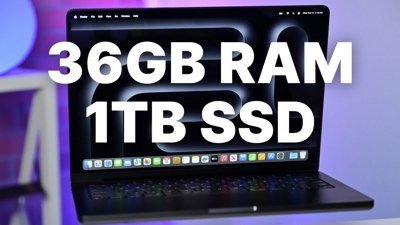
 Christine McKee
Christine McKee
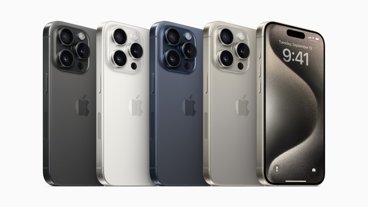








18 Comments
"...a copy of which was provided to AppleInsider..." There are two beneficiaries in that transaction and the AI reader is not one of them.
Research notes are proprietary copyrighted material identified as something that cannot be reprinted with permission from the author. As such, AppleInsider doesn't have the right to republish those in their entirety.
In this case, AI is not likely a subscriber to the Needham & Co. analyst notes, so they are receiving a copy of someone else's surreptitiously. AI can quote media rights in protecting their sources.
That said, the mid-term growth opportunities are in emerging markets like China and India.
I think Apple Stores could do more now...They're just doing the same ole, same ole, and quite frankly, unless I want to see a new product or buy a Mac (which is very rare) then I don't have any reason at all to visit an Apple Store. Nothing makes me want to go there anymore like it used to. Maybe Angela can spice things up a little more and get people back into the stores to actually buy things.
That being said, whenever I do go in, I see more people playing with the iPads and iPhones and less actually using the Macs. I do see Macs going out the door though which is always a good thing as well as Macs being dropped off and picked up from the Genius Bar.
I love shopping at retail Apple Stores. They offer a pleasant(low friction) shopping and buying experience. None of the blue-shirts telling me if I don't buy the extended warranty my key caps are going to melt or the battery is going to blow up.
The ios8 integration of Yosemite should help sell more macs.